What Is Pre-Poo? Its Benefits, Types, & Tips To Help
Get those silky, smooth, and healthy tresses you always wanted with pre-pooing!
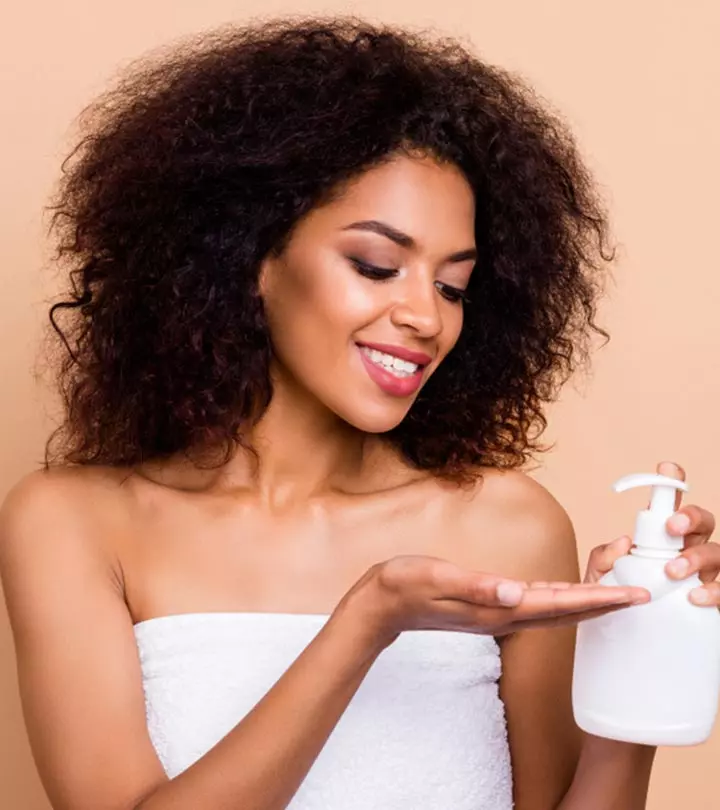
Image: Shutterstock
Your hair may be vulnerable to everyday damage. Using only a shampoo and a conditioner might not protect your locks. What you also need is a pre-poo treatment.
Everyday pollution, coloring treatments, chemical processes, UV exposure, heat styling tools, and using multiple hair products leave the hair damaged and dull. Washing your hair with a shampoo and applying conditioner might not be enough to rejuvenate your hair. A pre-poo treatment moisturizes, replenishes, and revitalizes hair. Keep reading to explore the benefits of using this treatment and how to do it yourself.
In This Article
What Is Pre-Poo?
Pre-poo is short for pre-shampoo. It refers to any protective moisturizing treatment you apply to your scalp and hair before shampooing. When it comes to effective hair care, incorporating this step in your hair care routine can work wonders, especially for those with natural hair. Pre-poo treatments can be left on your hair for at least 30 minutes or longer, depending on your hair type. They are best for restoring the health of Afro-textured hair or damaged hair. Keep reading to learn the benefits of pre-pooing.
Benefits Of Pre-Poo Treatments

- Moisturize The Hair: Pre-pooing provides the much-needed moisture to curly, coily, and dry hair. Pre-pooing with nourishing oils restores the moisture balance, provides nourishment to the hair, and keeps it healthy.
- Condition Your Hair: Pre-pooing prevents your hair from drying out during a shampoo wash, allowing the post-wash conditioner to work more effectively.
- Detangle: Curly hair is tough to detangle. Pre-pooing moisturizes your hair strands to prevent tangling during shampooing and makes post-wash detangling easy.
- Nourish The Scalp: Pre-poo treatments include warm oil massages that nourish your scalp, improve circulation, and boost scalp health and hair health in the long run.
Are you excited to pre-poo your hair? In the next section, find out what you can use for the pre-poo treatments.
Types Of Pre-Poo To Use
1. Pre-Poo Oils
Oils are an effective way of deep conditioning your hair before a shampoo wash. For pre-pooing, use hair oils like:
- Coconut Oil: Coconut oil contains lauric acid that penetrates the hair shafts and nourishes them from within. Lauric acid has a high affinity to hair protein (keratin) and can prevent protein loss (1). Coconut oil is especially beneficial for dry and breakage-prone hair.
- Olive Oil: Olive oil contains polyphenolsi They are naturally occurring micronutrients found in plants which aid in digestion, improve brain function, and prevent cancer. and has antioxidanti They are the molecules that help fight free radicals in the body formed during the oxidation process and prevent cell damage. and anti-inflammatory effects. Upon topical application, olive oil can reduce oxidative damagei It results from the imbalance between free radicals and antioxidants present in the body and may lead to cell death. and promote dermal reconstructioni A process involving the use of tissue-engineered skin substitutes to reconstruct or restore damaged skin tissue. (2). This makes it an excellent choice for scalp massages.
- Jojoba Oil: Jojoba oil contains wax esters.i It is a combination of fatty acids and fatty alcohols found in jojoba oil and is widely used in cosmetic formulations. These have anti-inflammatory benefits and are beneficial for wound healing and preventing skin infections (3). These esters may help relieve dry and itchy scalps and maintain your overall hair health.
- Grape Seed Oil: Animal studies found that the proanthocyanidinsi Chemical compounds found in plants, dietary fruits, vegetables and nuts known to promote heart health. in grape seeds might induce hair growth (4). Although further studies are required to arrive at a concrete conclusion, you may use grapeseed oil to keep your hair healthy and promote hair growth.
- Peppermint Essential Oil: Peppermint essential oil has anti-inflammatory and antimicrobial properties. It can soothe multiple scalp issues and promote hair growth (5). However, make sure you always dilute the essential oil with any carrier oil before using it.
 Quick Tip
Quick Tip2. Pre-Poo Hair Butters
Hair butters like shea, mango, aloe, and cocoa butters are known for their intensive moisturizing properties (6). These butters are often used in deep conditioners and hair masks and may help hydrate and nourish your hair. You may use these products on their own or mix them with other ingredients to customize a DIY hair mask for your hair type.
 Quick Tip
Quick Tip3. DIY Pre-Poo Hair Masks
1. Banana And Olive Oil Pre-Poo Hair Mask

Banana improves hair shine and manageability, while olive oil has anti-inflammatory properties (7), (2). This hair mask is nourishing and moisturizes the hair, tames frizz, and repairs hair damage.
You Will Need
- 1 medium banana (mashed)
- 2 tablespoons of extra-virgin olive oil
Method
- Blend the mashed banana and olive oil.
- Apply this pre-poo to your hair. Saturate each strand.
- Leave it on for 30 minutes.
- Wash off with a mild shampoo.
2. Avocado And Jojoba Oil Hair Mask
Avocados are beneficial for your health, and they are popularly used as a base in hair masks. The wax esters in jojoba oil may help keep your scalp healthy (3).
You Will Need
- 1 small, ripe avocado (mashed)
- 2 tablespoons of jojoba oil
Method
- Mix the mashed avocado and jojoba oil.
- Coat your hair with the mixture. Cover each strand.
- Leave it on for 30 minutes.
- Rinse off the hair mask and wash with a gentle shampoo.
3. Aloe Vera And Coconut Oil Hair Mask
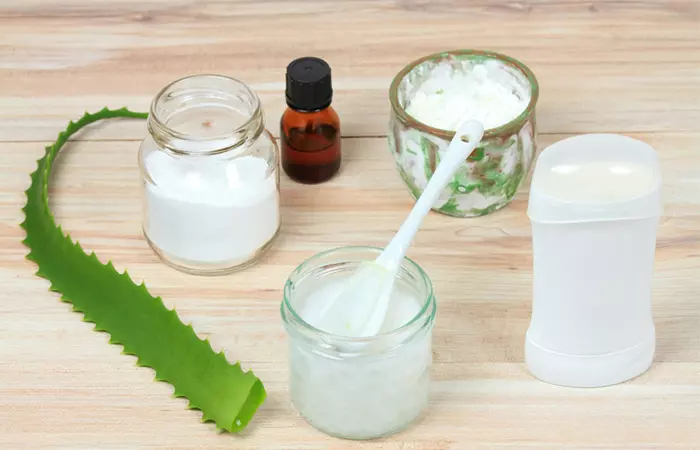
Aloe vera gel has moisturizing properties, and coconut oil minimizes protein loss from the hair and penetrates deep into the shafts (8), (1). This hair mask can hydrate and strengthen the hair.
You Will Need
- 2 tablespoons of aloe vera gel
- 1 tablespoon of coconut oil
Method
- Blend the aloe vera pulp with the coconut oil until you get a smooth mixture.
- Apply the hair mask from root to tip. Gently massage it onto your scalp.
- Leave it on for at least an hour.
- Rinse off with warm water and shampoo.
Boluwatife Adesina, a beauty blogger, wrote about her experience of using aloe vera for pre-shampoo treatment. She wrote, “My hair was super moisturized at the end of my washday, although I had particles left in my hair but then it melted in with time (i).”
4. Flaxseed, Jojoba, And Coconut Oils Pre-Poo Treatment
Animal studies found that flaxseed oil might promote hair growth (9). This blend of oils can strengthen your hair, minimize breakage, and promote growth.
You Will Need
- 1 tablespoon of flaxseed oil
- 1 tablespoon of coconut oil
- 1 tablespoon of jojoba oil
Method
- Mix the oils.
- Massage the oil blend onto your scalp. Coat the hair strands evenly.
- Leave it on for 30 minutes.
- Wash your hair with a mild shampoo.
5. Coconut Milk Hair Mask
Coconut milk is rich in proteins, fats, vitamins, and minerals that aid hair growth and help maintain its overall health (10). It may also make your strands softer and add more bounce.
You Will Need
- ½ cup of coconut milk
- 1 tablespoon of honey
- 2 tablespoons of coconut oil
Method
- Mix the coconut milk, honey, and coconut oil together in a bowl.
- Apply the mixture to damp hair and massage it into your scalp.
- Apply firm but gentle while massaging the scalp with your fingertips in small circular motions.
- Cover your hair with a shower cap or a warm towel and leave it on for 30-45 minutes.
- Rinse your hair thoroughly with cool water, then shampoo and condition as usual.
Once you have the pre-poo treatment oils and masks, follow this step-by-step guide on pre-pooing your hair.
How To Pre-Poo: A Few Tips
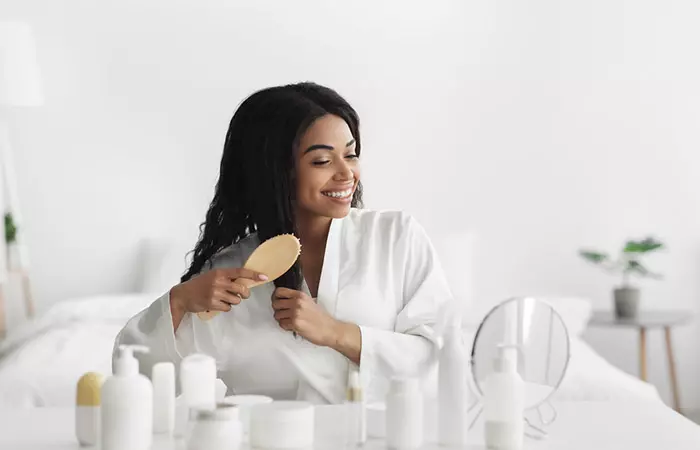
- Divide your hair into multiple sections.
- Coat the sections with the pre-poo oil or mask.
- If you are using an oil, gently massage your scalp with your fingertips in a circular motion for 5-10 minutes.
- Detangle your locks with a wide-toothed comb. This also spreads the pre-poo oil or mask.
- Leave it on for at least 30 minutes before shampooing. If you are using an oil, you can leave it on overnight.
- Rinse your hair thoroughly and wash it with your regular shampoo. Follow up with a conditioner.
Here are a few more tips to get the best out of your pre-poo routine.
More Pre-Poo Tips For The Best Results
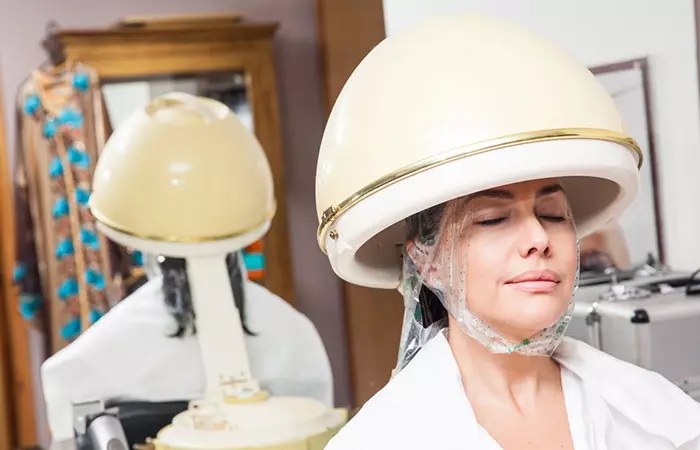
- Always apply the pre-poo treatment to dry hair.
- Wait for at least 30 minutes to an hour before washing it off.
- If you are using a hot oil massage pre-poo, it is recommended that you leave it overnight and wash it off in the morning.
- Massage your scalp to stimulate the hair follicles.
- Use a hair steamer, heating cap, or a hot towel to open up the hair cuticles for better penetration.
- Always saturate your hair from root to tip with the pre-poo oil or mask.
Infographic: Effective Pre-Poo Treatments And Tips To Nourish Your Hair
If you want to revive your dull and damaged locks, you can never go wrong with a pre-poo treatment. It is especially effective for those with curly or coily hair. Check out the infographic below for the best pre-poo treatments, along with some tips to follow while using them.

Illustration: StyleCraze Design Team
If you have damaged, brittle, and over-processed hair and don’t know how to restore its health, try pre-poo treatments discussed in the article. Pre-poo treatments are extremely hydrating and nourishing as they involve using rich plant butters and oils. You can buy commercially available deep conditioners or follow the DIY recipes discussed in the article to care for your hair. Pre-pooing also works best for kinky and low-porosity hair. Try them, and we are sure you will love how your hair feels after the treatment.
Frequently Asked Questions
Is pre-poo necessary?
A pre-poo is necessary when the hair is fragile and requires special attention. It will preserve and moisturize your hair while you are doing your cleaning regimen.
What is the difference between co-wash and pre-poo?
Co-wash is the practice of solely using a conditioner to wash your hair. It entirely skips the shampooing part. As we all know, conditioners are designed to add moisture to your hair, resulting in a healthy shine to your locks. This can be highly beneficial if you have curly, textured, or dry hair.
On the other hand, pre-poo means pre-shampoo treatment. It is a protective moisturizing treatment you use on your hair and scalp before washing or “shampooing” it, making it a significant opening step in your wash day routine. In addition, it can perform wonders when used to repair dry, damaged, or frizzy hair.
Can you use pre-poo as a leave-in?
No, using pre-poo as a leave-in might be overdoing it and may make your hair too oily and leave them feeling dull and flat. Pre-poo treatments are meant to be used only before shampooing. The only pre-poo you can leave in is a hot oil treatment, and that too only overnight. If you are looking for a leave-in treatment after shampoo, try using hair serums.
Is pre-poo the same as hot oil treatment?
No, pre-poo and hot oil treatment are not the same. Hot oil treatment is only a kind of pre-poo treatment. Pre-poo can also involve the usage of hair butter, aloe vera, and DIY recipes.
Key Takeaways
- A pre-poo treatment moisturizes and protects your hair. There are different treatments for different hair types.
- These treatments can also nourish the scalp and detangle and condition your hair.
- You can use pre-poo oils, hair butters, and hair masks made with natural ingredients.
- When applying oils or masks to your hair, separate your hair into sections to thoroughly coat all the strands.
Illustration: What Is Pre-Poo? Its Benefits Types & Tips To Help
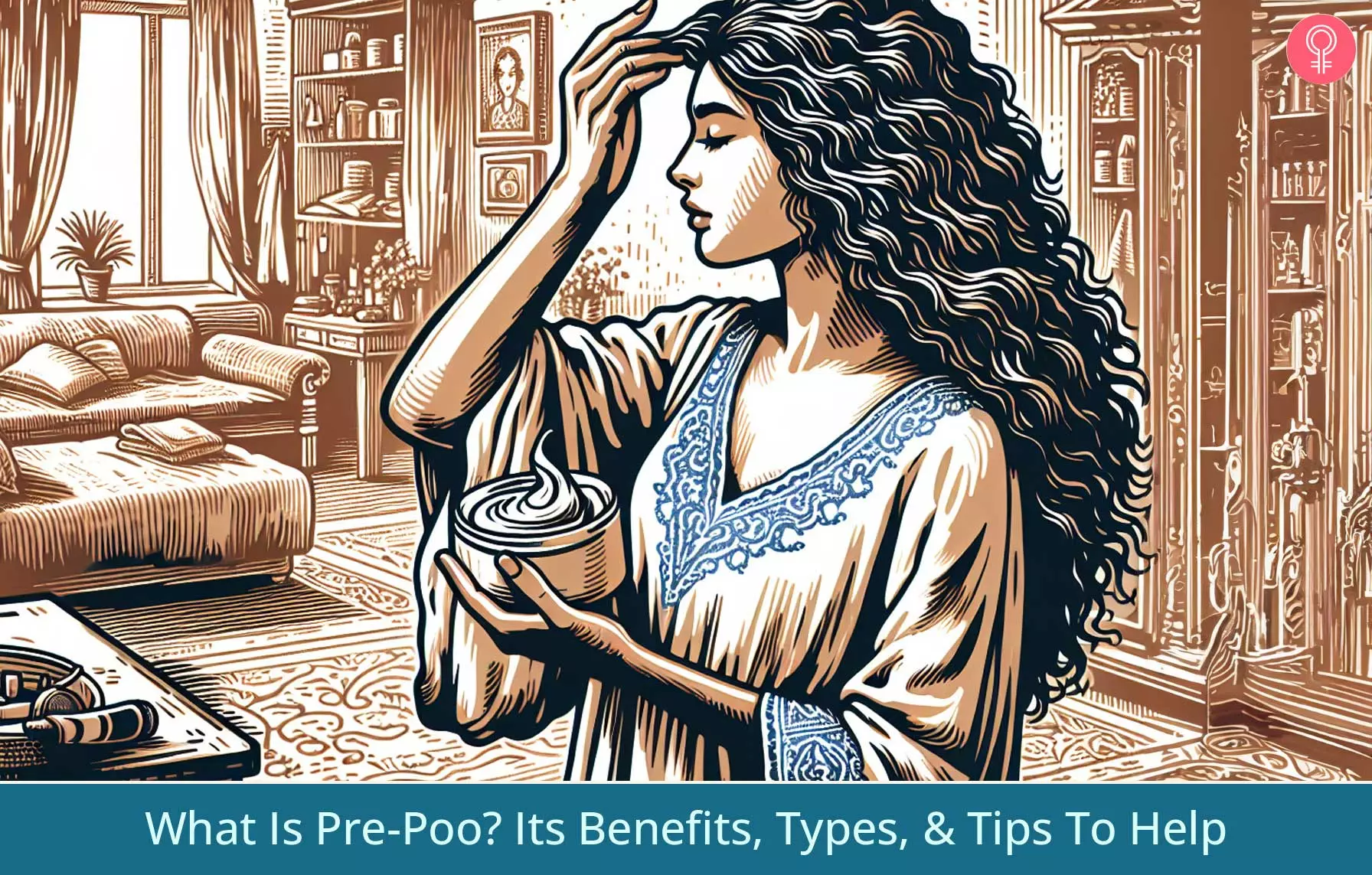
Image: Dall·E/StyleCraze Design Team
Learn how to pre-poo your hair with olive oil. Click on this easy-to-follow video to learn how to do it properly and get beautiful land shiny hair.
Personal Experience: Source
StyleCraze's articles are interwoven with authentic personal narratives that provide depth and resonance to our content. Below are the sources of the personal accounts referenced in this article.
i. How I Pre-pooed with Aloe Verahttps://pribodunke.wordpress.com/2018/03/22/best-pre-poo-ever-with-aloe-vera/
References
Articles on StyleCraze are backed by verified information from peer-reviewed and academic research papers, reputed organizations, research institutions, and medical associations to ensure accuracy and relevance. Read our editorial policy to learn more.
- Effect of mineral oil, sunflower oil, and coconut oil on prevention of hair damage
https://pubmed.ncbi.nlm.nih.gov/12715094/ - Anti-Inflammatory and Skin Barrier Repair Effects of Topical Application of Some Plant Oils
https://www.ncbi.nlm.nih.gov/pmc/articles/PMC5796020/ - Jojoba in dermatology: a succinct review
https://pubmed.ncbi.nlm.nih.gov/24442052/ - Proanthocyanidins from grape seeds promote proliferation of mouse hair follicle cells in vitro and convert hair cycle in vivo
https://pubmed.ncbi.nlm.nih.gov/9833041/ - Peppermint Oil Promotes Hair Growth without Toxic Signs
https://www.ncbi.nlm.nih.gov/pmc/articles/PMC4289931/ - A Real-World, Non-interventional Indian Study Evaluating Intensive Plant-Based Butter Moisturizing Cream in Psoriasis
https://www.ncbi.nlm.nih.gov/pmc/articles/PMC6704203/ - Traditional and Medicinal Uses of Banana
https://www.phytojournal.com/vol1Issue3/Issue_sept_2012/9.1.pdf - Aloe Vera: A Short Review
https://www.ncbi.nlm.nih.gov/pmc/articles/PMC2763764/ - Effects of Linum usitatissimum L. ingestion and oil topical application on hair growth in rabbit https://www.researchgate.net/publication/283730350_Effects_of_Linum_usitatissimum_L_ingestion_and_oil_topical_application_on_hair_growth_in_rabbit
- Coconut Milk
https://fdc.nal.usda.gov/fdc-app.html#/food-details/170172/nutrients
Read full bio of Dr. Shruti Chavan
Read full bio of Eshna Das
Read full bio of Monomita Chakraborty





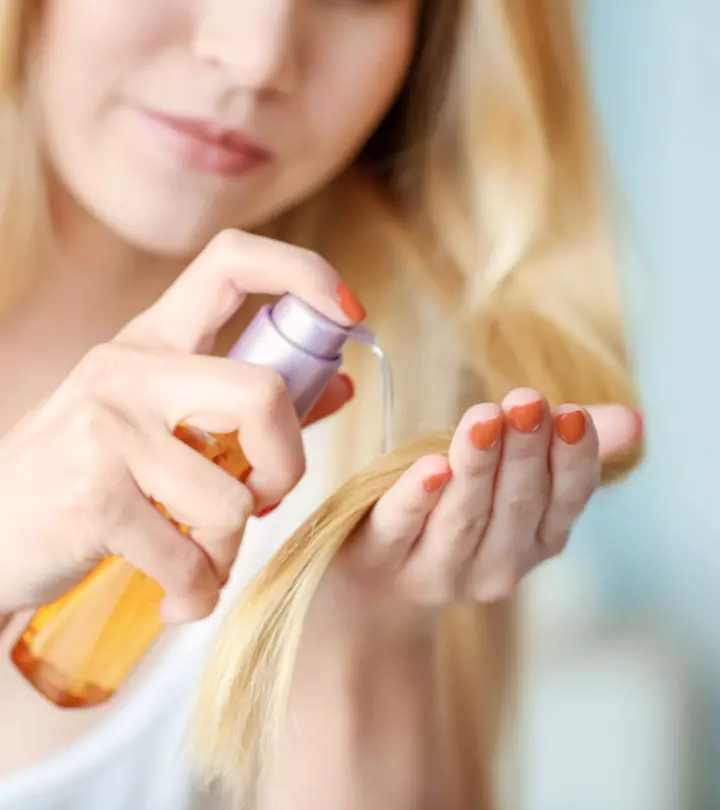
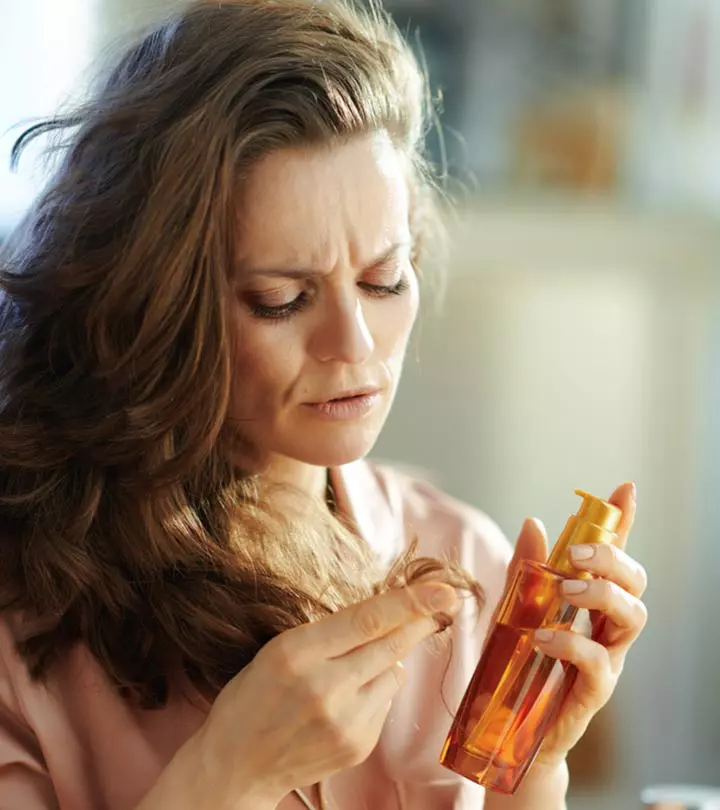



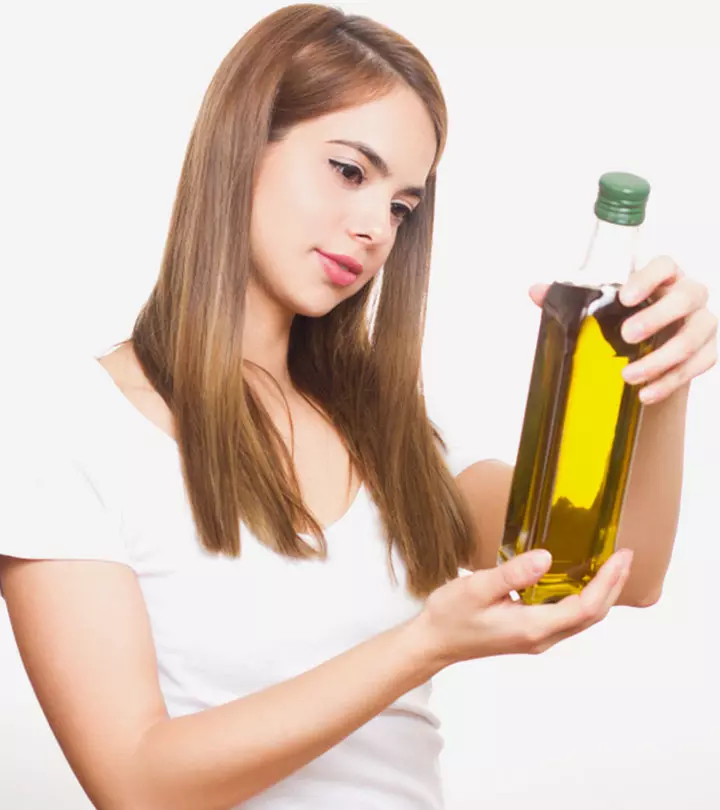
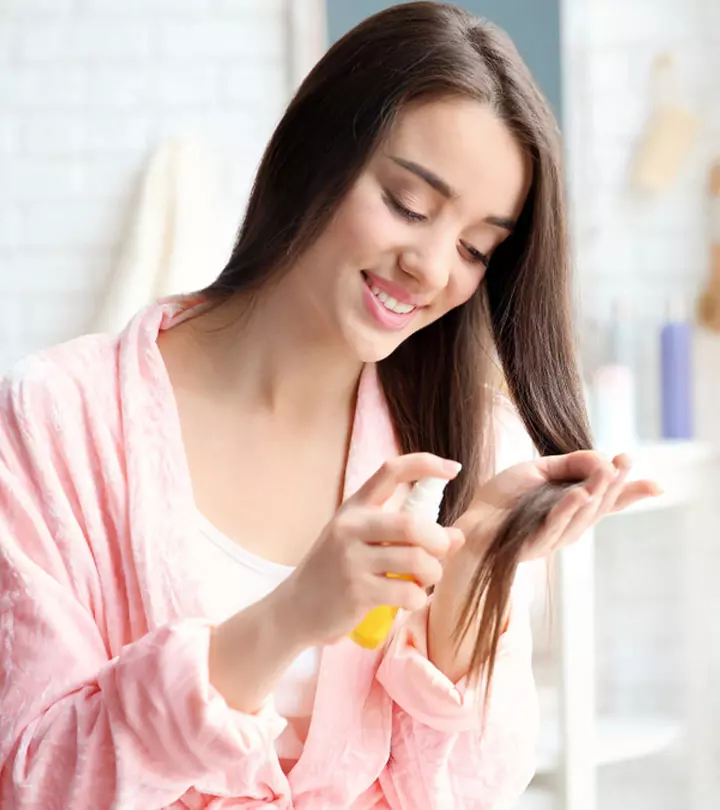
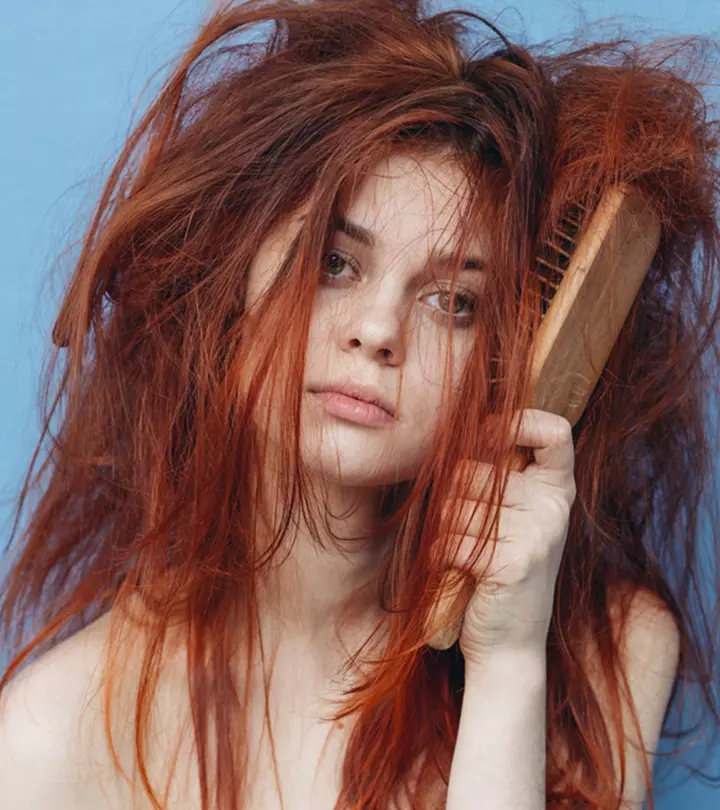
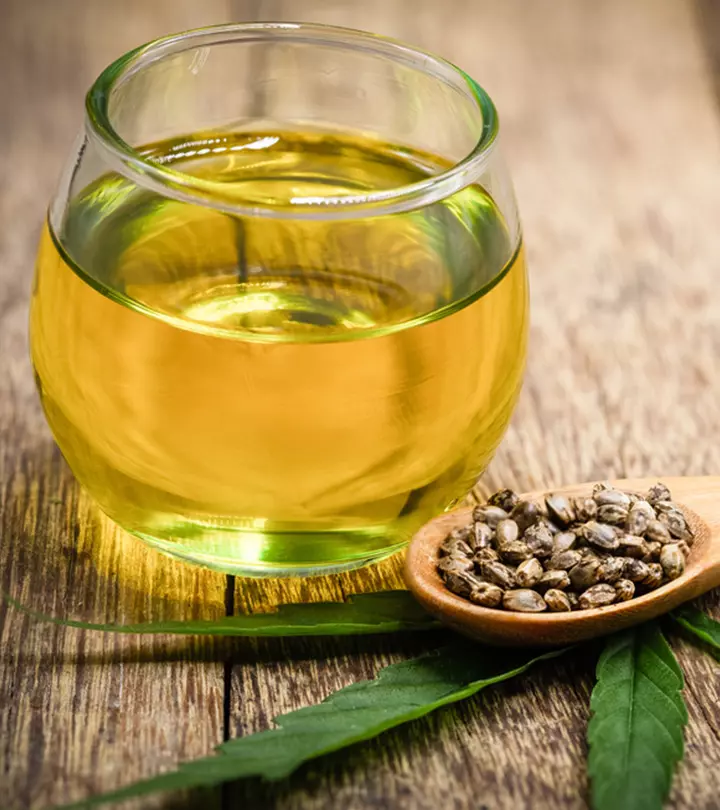
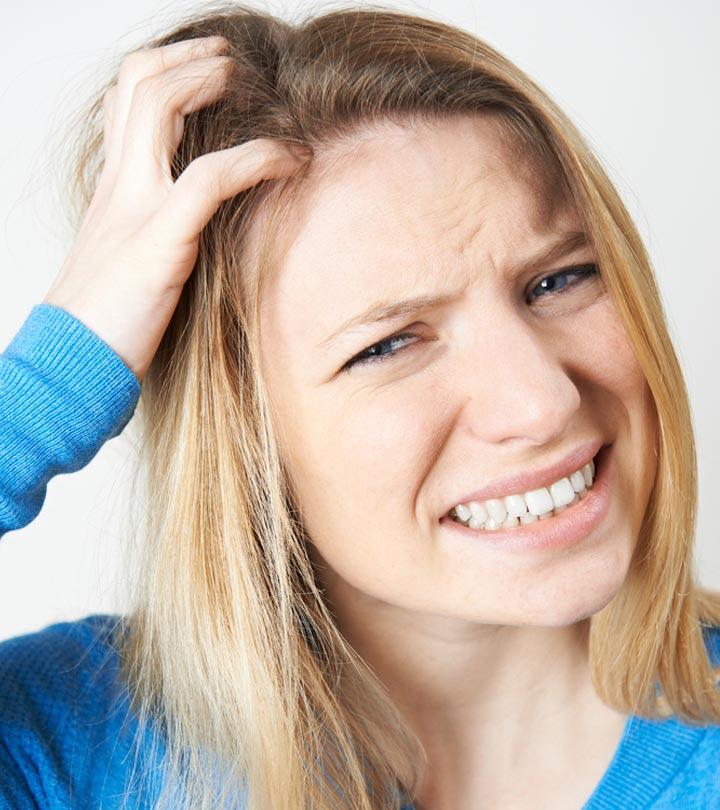
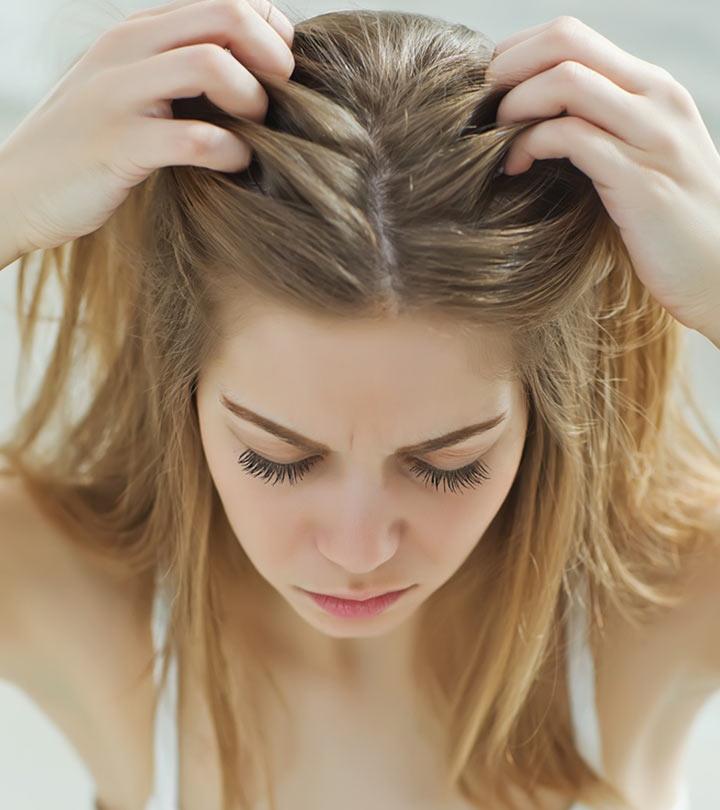

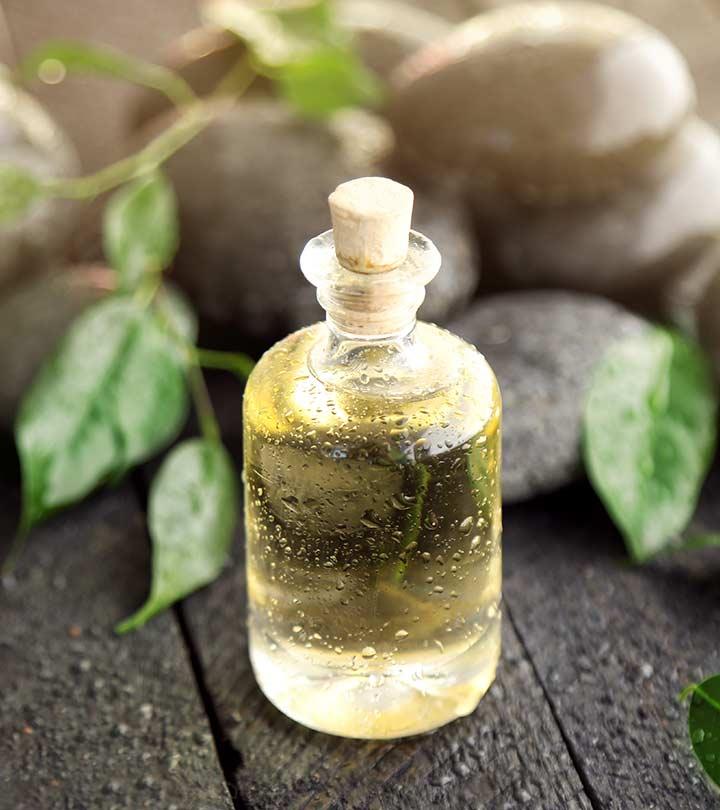
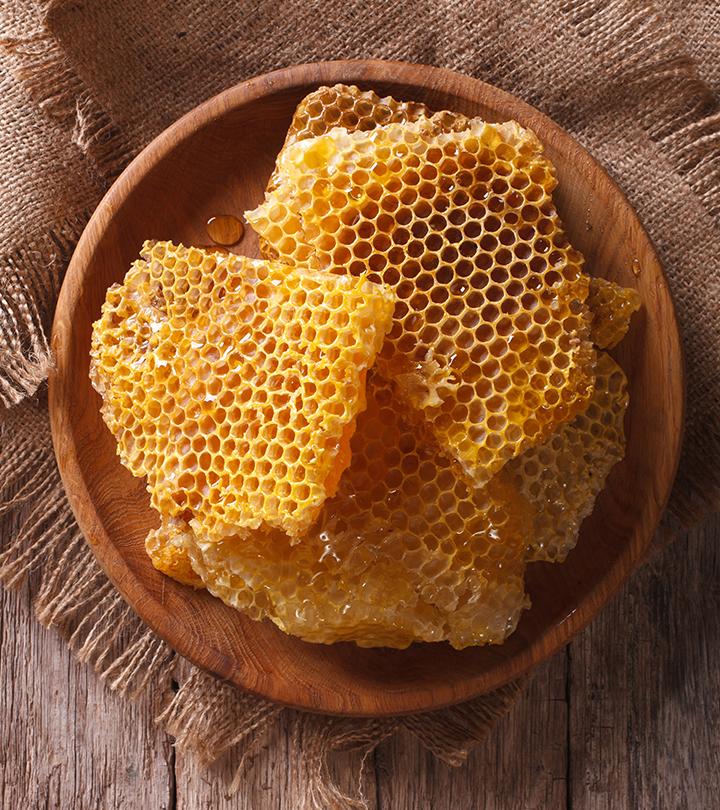
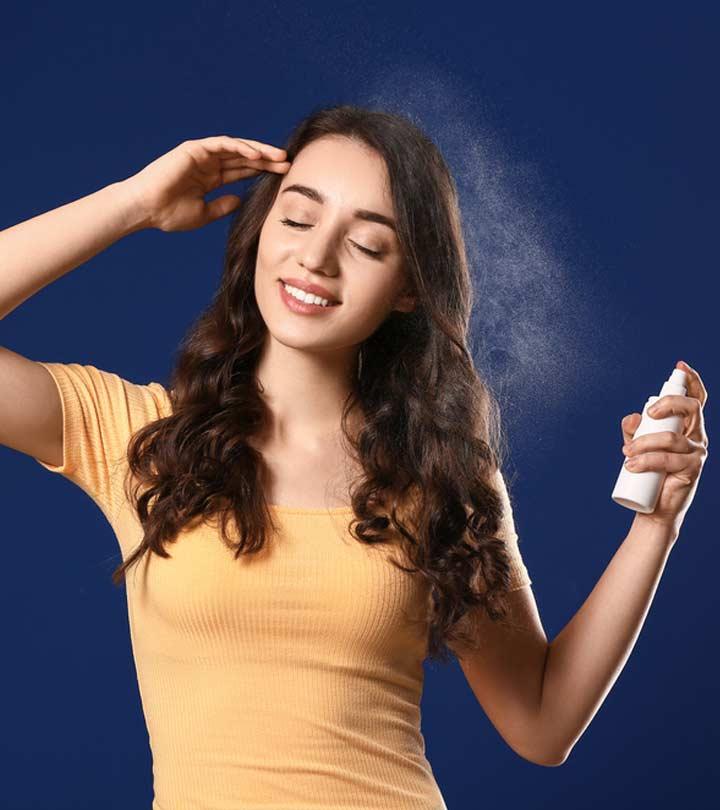
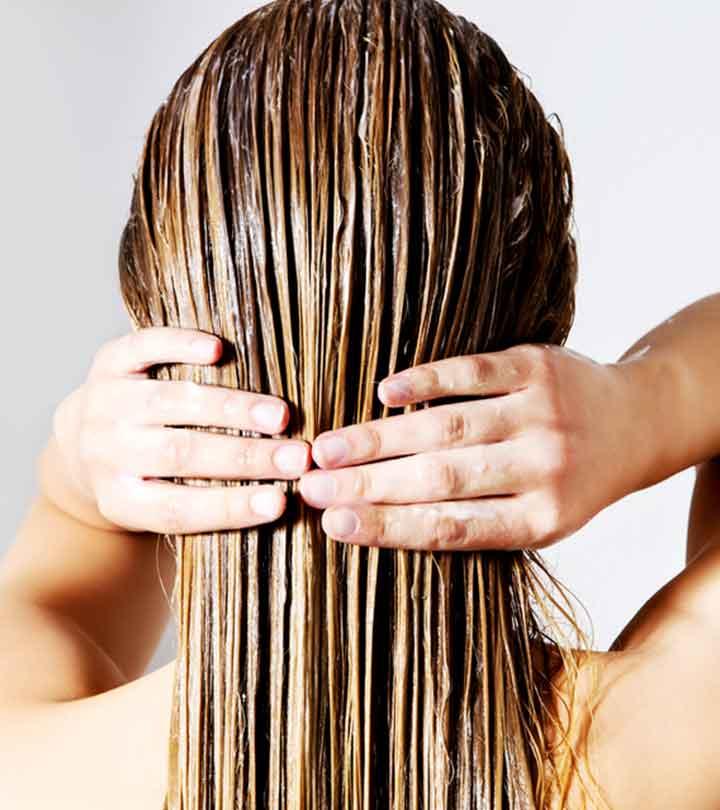
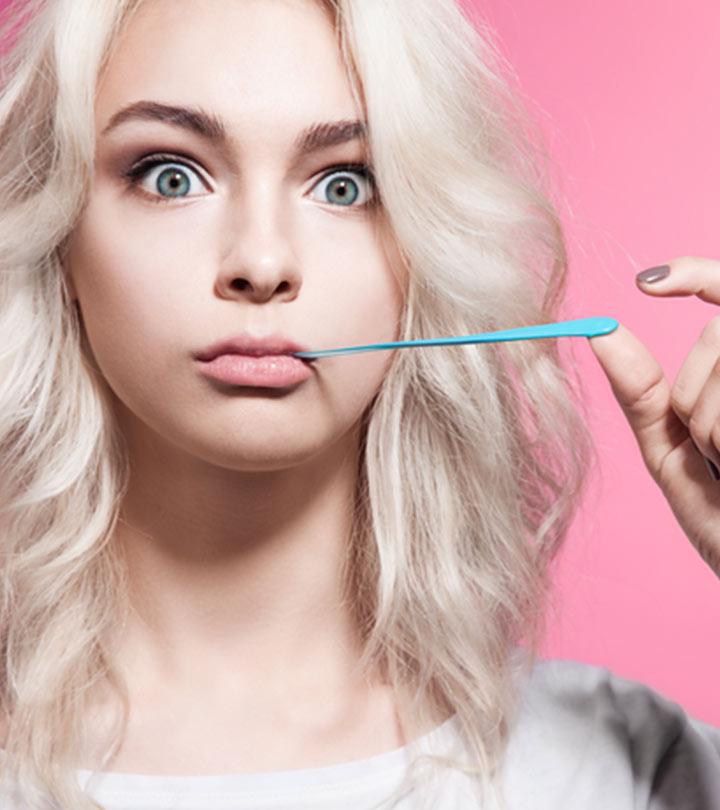
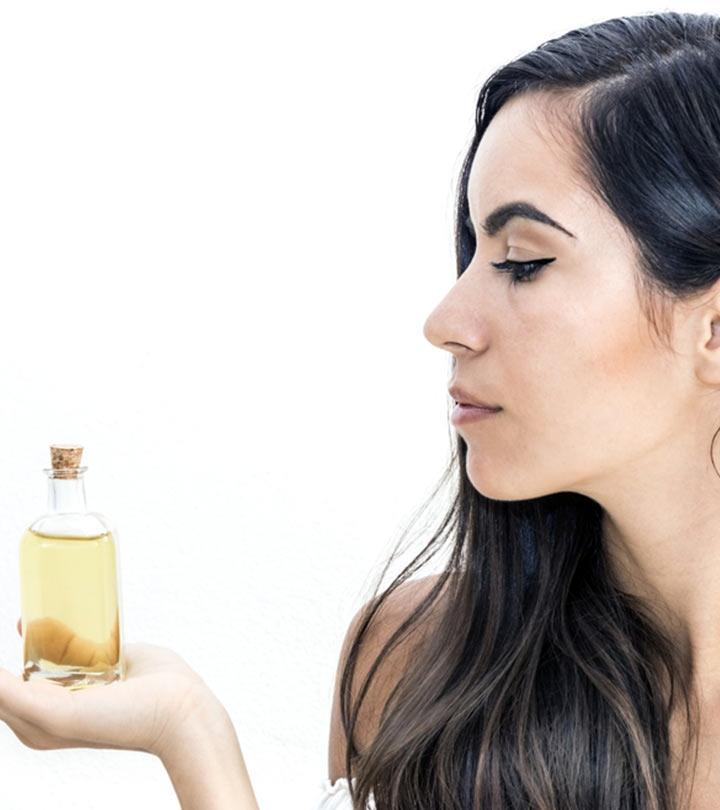

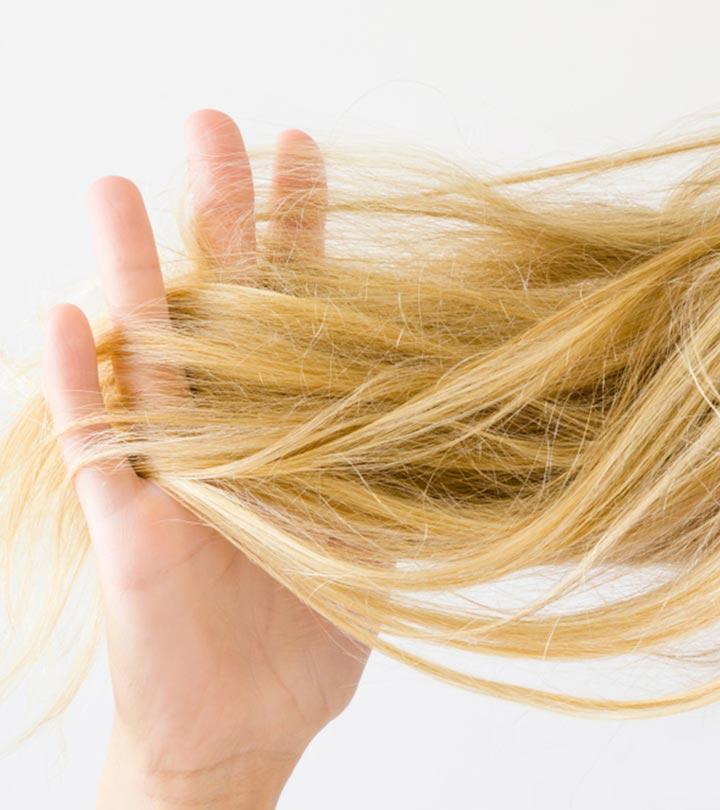
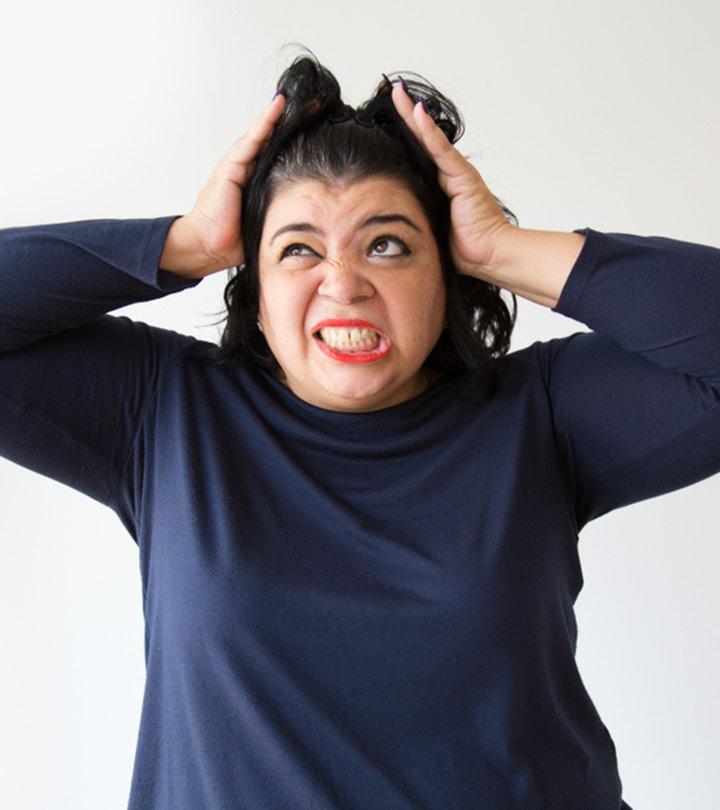
Community Experiences
Join the conversation and become a part of our empowering community! Share your stories, experiences, and insights to connect with other beauty, lifestyle, and health enthusiasts.